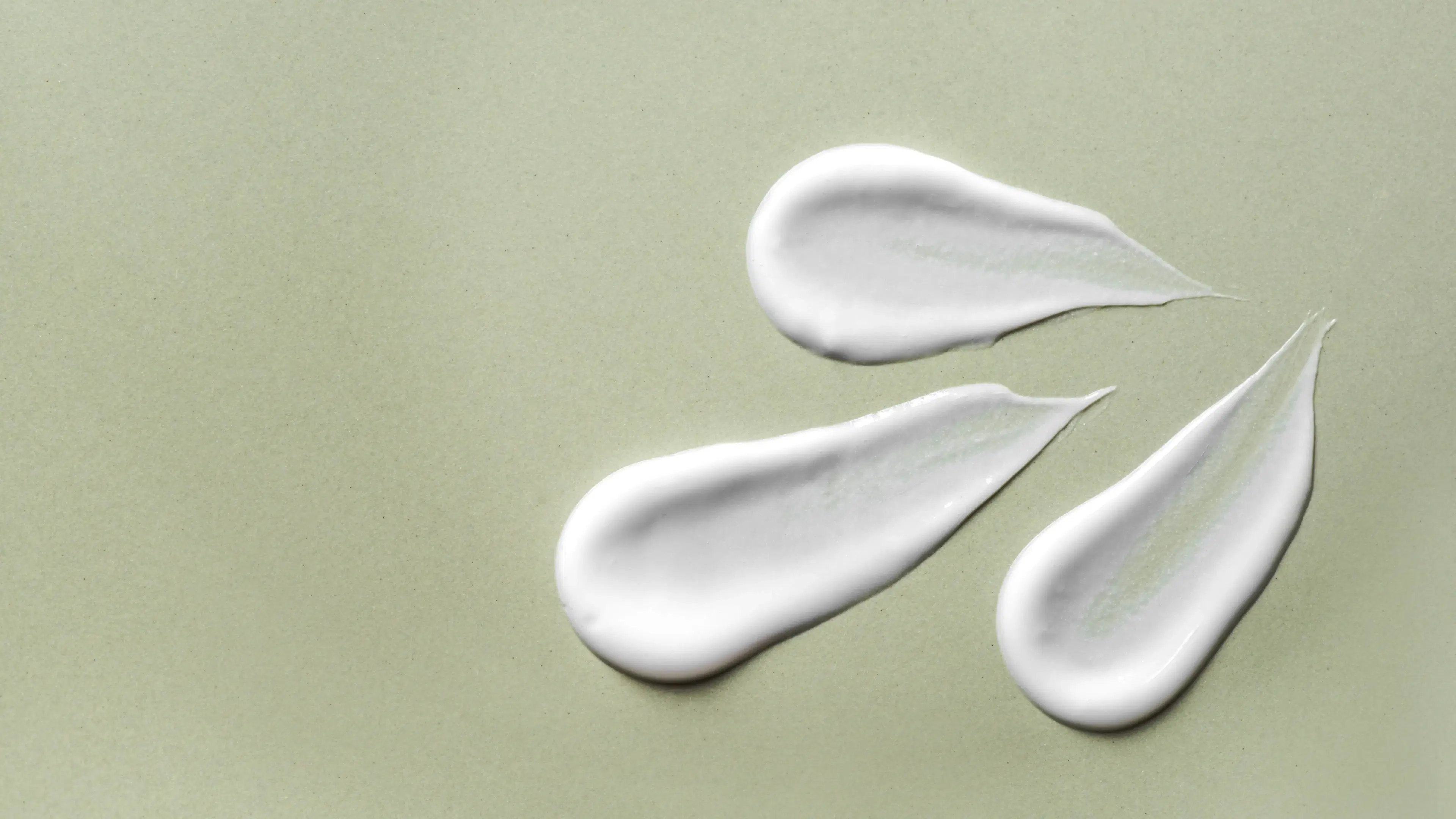
Beauty & Skincare
•03 min read
-9872eb55-9af0-4022-8644-bd8f05e8333e.png&w=3840&q=75)
Soft, hydrated feet are not just a luxury—they are essential for overall comfort and well-being. If you’ve ever wondered, "Is shea butter good for feet?" then you’re in the right place. In this post, we explore seven impressive benefits of shea butter for your feet, especially if you are seeking natural foot moisturizers and remedies for cracked heels and dry skin. Read on to discover how incorporating shea butter for soft feet can become a game-changer in your foot care routine.
Shea butter is celebrated for its deep moisturizing properties. Packed with fatty acids and vitamins, it penetrates the skin to lock in moisture and create a protective barrier. This consistent hydration makes it one of the best skincare options for dry feet. People love shea butter for its ability to smooth rough patches and provide long-lasting softness. A nightly application followed by a pair of cotton socks enhances its absorbing power, ensuring your feet wake up nourished and glowing.
Cracked heels can cause discomfort and look unsightly, but shea butter offers effective healing properties. Its rich blend of vitamins A and E boosts collagen production and speeds up skin repair, reducing cracks and discomfort over time. For those searching for natural remedies for rough feet, mixing shea butter with a touch of aloe vera or castor oil provides deeper nourishment, ensuring even the toughest cracked heels get the repair they need.
If your feet often feel irritated or inflamed, the natural anti-inflammatory properties of shea butter can lend calming relief. Ingredients like cinnamic acid help reduce redness, swelling, and discomfort caused by prolonged standing or friction from shoes. This soothing action makes it indispensable for anyone experiencing everyday irritations.
Expert Tip: Unlocking Shea Butter's Benefits
Did you know that shea butter not only moisturizes your feet but also acts as a natural remedy for skin inflammation? By incorporating it seamlessly into your routine, you can enjoy both soothing relief and durable hydration.
-5ba1f1f6-995b-4617-a1ff-43890351cff7.png&w=3840&q=75)
Rough skin and calluses can be challenging, but regular use of shea butter for soft feet transforms your skin texture over time. The exfoliating benefits are apparent as it softens the skin, making it easier to remove dead cells and reduce calluses. To maximize these benefits, massage shea butter into your feet after exfoliating, paying extra attention to stubborn patches like the heels and balls of your feet.
Our feet endure a lot—harsh weather, dry air, and constant friction from footwear can strip moisture away quickly. Shea butter serves as a natural shield by reinforcing your skin's barrier. It protects against environmental stressors and maintains hydration, making it a perfect solution when looking for the best skincare for dry feet. Consistent use helps your feet adapt and withstand daily challenges, preserving their softness and resilience.
Unlike many commercial hydrating foot creams laden with artificial ingredients, shea butter offers pure, natural benefits without compromise. Clean and effective, it is free of harsh chemicals, which makes it ideal for sensitive skin. Use it alone or blend it with essential oils such as lavender or tea tree to enhance its antibacterial properties and create a soothing, wellness-focused foot care routine. Its all-natural composition appeals to those who prefer honest and wholesome treatments for their feet.
One of the many charms of shea butter is its versatility. Whether you are crafting a DIY foot balm or simply applying it directly, it’s an accessible ingredient for elevating your foot care routine. For example, you can mix 2 tablespoons of shea butter with 1 tablespoon of coconut oil and a few drops of peppermint essential oil for a revitalizing foot treatment. Massage this blend into your feet, then cover with socks overnight to wake up to repairs in progress. This flexible use also makes it an excellent base for exfoliating scrubs and relaxing foot massages.

Yes, shea butter helps heal cracked heels by deeply moisturizing and promoting skin repair with its anti-inflammatory properties.
Shea butter is highly effective as it locks in moisture and nourishes with essential fatty acids and vitamins.
Individuals allergic to tree nuts should avoid shea butter, as it originates from the nuts of the shea tree.
Apply shea butter at night, possibly combined with natural oils, and cover your feet with cotton socks for better absorption.
Shea butter is a powerhouse when it comes to foot care. It hydrates deeply, repairs cracked heels, and shields your skin from environmental damage. Its anti-inflammatory properties soothe irritation and pave the way for smoother, soft feet. Incorporating shea butter into your daily routine means embracing a natural, effective solution that caters to both beauty and wellness. Embrace the natural benefits of shea butter and elevate your everyday foot care regimen for lasting softness and comfort.